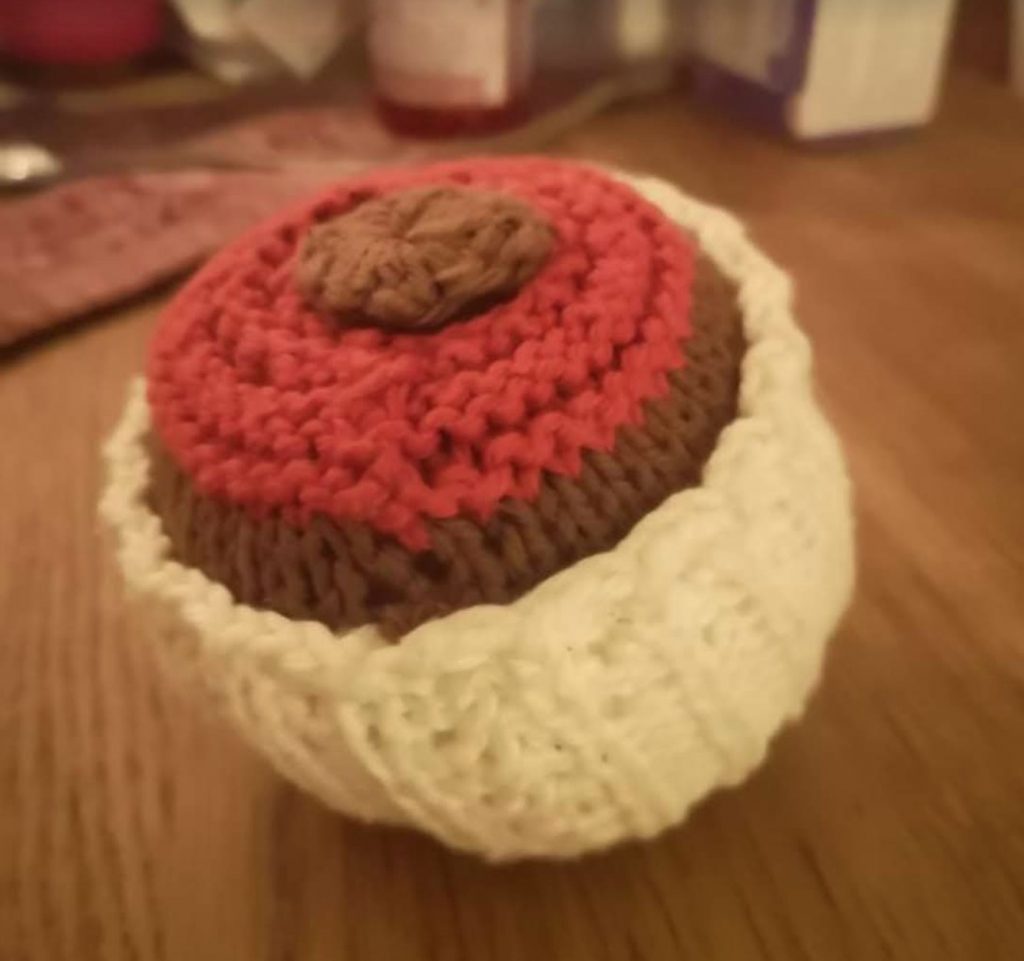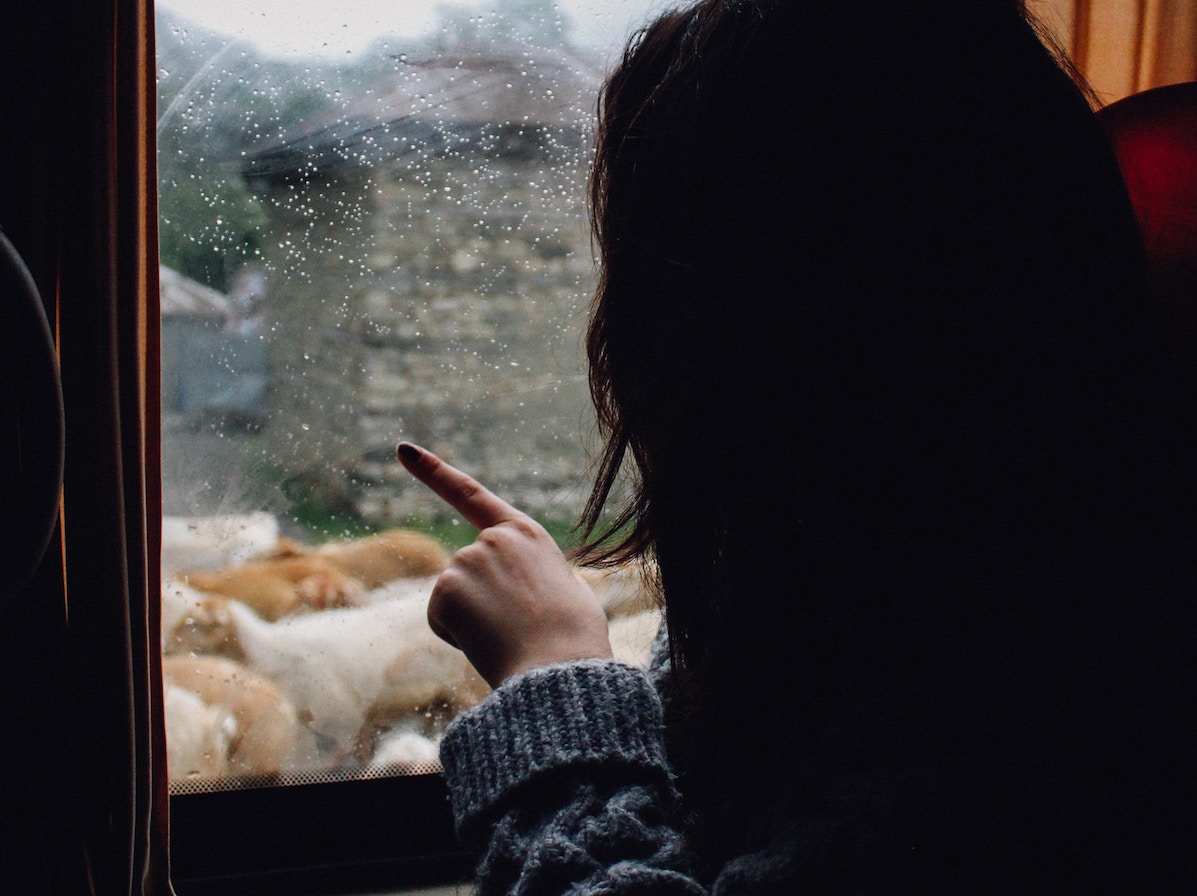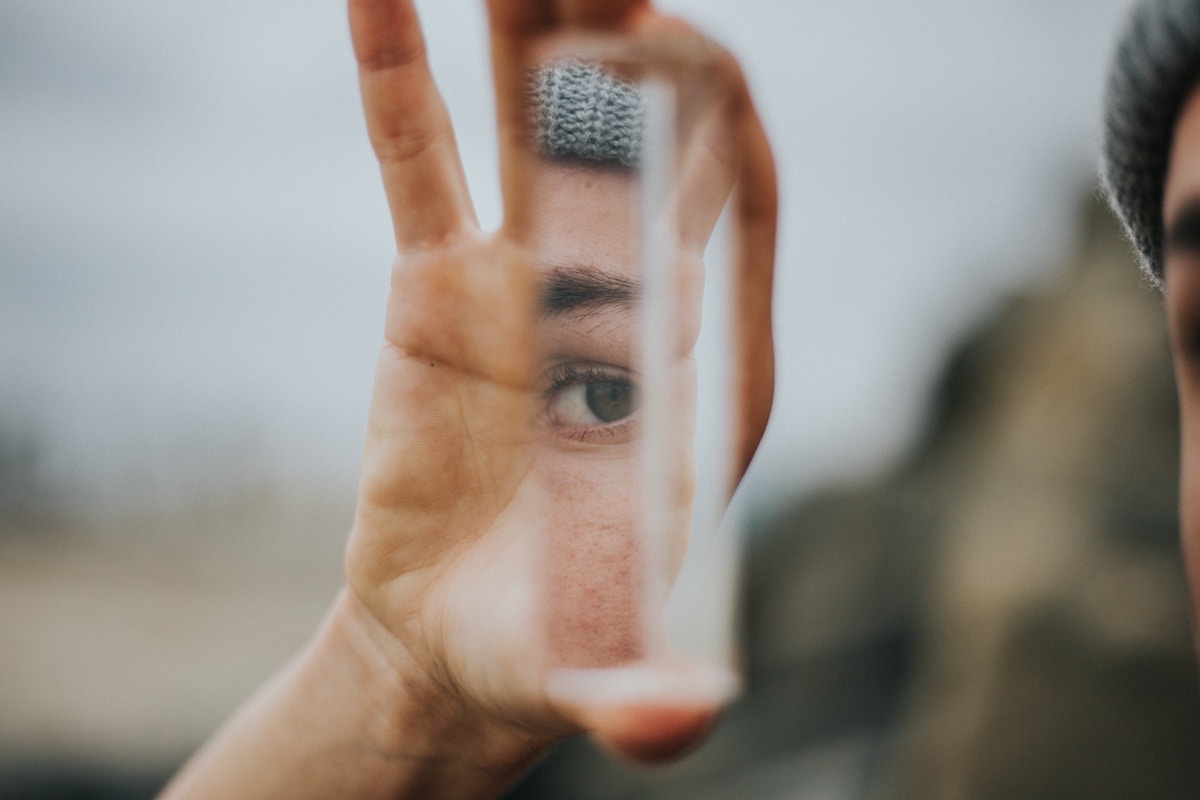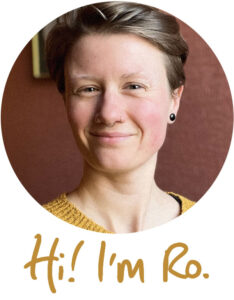What is a Sharing Circle and How Do You Run One? (the ultimate guide)

Three years ago I started my first sharing circle with a handful of strangers in a church hall. I was incredibly nervous; I remember doing a lot of googling beforehand – “how to start a women’s circle,” “what is a sharing circle,” “does a talking stick need to actually be a stick.”
I found some answers, made some of it up myself, and collaborated on plenty of it with the folks who eventually joined me.
Here’s the article I wish I’d found three years ago, and I hope it contributes to more sharing circles existing in the world.
Whenever you’re sharing vulnerably with others, and holding space for their experiences, having some easy methods to regulate your nervous system can be so helpful.
Grab my top ten simple tools for doing just that, and transform vulnerable moments into deeper presence and connection:
What Is a Sharing Circle?
In simple terms, a sharing circle is a group of people who commit to meeting regularly to share with and listen to each other in a structured way. It’s a form of ritualised socialising: it gives meaning and intention to the time spent together, and through the process of simply sharing and listening I know I am a stronger, more resilient, and wiser human.
Beyond that, each group will be different: I’ve been in circles who have met every day over the long weekend of a festival, circles who have met monthly or weekly for specific periods of time (such as the first lockdown here in the UK), and longer-term circles who meet fortnightly and indefinitely.
The structure consists of giving each member a specific amount of time to speak without interruption or feedback. Most commonly, one person will keep the time while each member has four or five minutes to use however they wish: talking through a problem or challenge, sharing about something that happened recently, venting feelings, emotional processing, talking about something they’re proud of or celebrating… or sometimes simply sitting quietly in the presence of others.
Beyond the logistics, it’s a space where members offer support simply by listening and being present, which in itself is more powerful than many of us realise until we experience it. Most of us rarely have space where we can simply speak and be heard, without someone else wanting to problem-solve, sympathise, or jump in the moment we pause.
There are enormous gifts in listening, too, beyond offering that support: hearing about others’ challenges, experiences, and celebrations is incredibly validating. You learn over and over again that you are not alone in your struggles and feelings, and you learn from the wisdom of the group in how other people work through difficult moments in their lives too.
How Do I Structure a Sharing Circle?
At it’s core, a sharing circle involves everyone taking turns to share for a few minutes while someone keeps a timer. Sometimes the gathering will start with introductions, checking in, and reading out of shared agreements – more on those below.
Here are some variations on sharing formats that you can consider:
- Multiple rounds: Try one round of four minutes each, and then a second round (perhaps slightly shorter). This works well for people who don’t know each other very well, as it gives everyone the chance to share twice within a structure.
- Conversation at the end: After a round (or two) of sharing, open the space up to less structured conversation where everyone can share reflections and further thoughts without a timer.
- Check-in/check-out rounds: Open and close the circle with an invitation for everyone to share a couple of words, or a sentence, about what feelings/experiences they are bringing to the circle and what they are taking away at the end.
- Reflections in between sharings: open the group up to share reflections after each person has shared. This can also be an opportunity for the sharer to ask for feedback or advice if they would like to. It’s important to be mindful of time here so that everyone can share; this format may work best with more established circles where everyone knows each other better.
If it’s your first meeting, or if there are new people joining, I’d recommend starting with an intro round. This might be simply sharing names and pronouns, or it might also include an internal weather report where everyone also shares how they are feeling in the moment. I give a few ideas of other rituals you might want to consider later in the guide.
How Do I Find Members?
You don’t need a huge number of people to start a sharing circle. Three people is enough; four is ideal. This makes sure that even if someone is unable to make one circle every so often, there are still a few of you able to meet. Over time you might comfortably grow to around eight members, but that’s up to you to decide based on how long you want your gatherings to be.
You also don’t need to have lots of friends already to start a circle: all of the circles I’ve been part of have been mostly made up of people I don’t know very well, and in a couple of cases we’ve all been complete strangers at the start. This has always felt like a really great thing, because over time I’ve gotten to know new people better and made solid friendships with people who I may not have crossed paths with otherwise.
Shared interest groups and communities are a great place to start. Consider hobbies, activities, and localities that are already in your life; do you already belong to any groups with members who you could invite to a circle? Are there facebook groups you’re part of who have related interests – whether to do with lifestyle, demographic, relationship style, or anything else? Could you invite your neighbours?
Over time I’ve found there’s a sweet spot of having just enough in common to bring cohesion to the group, while enough difference to give a range of experiences and perspectives. Difference is also important because there’s so much value in realising that people of all ages, from different backgrounds, with different lifestyles, go through similar challenges.
To give you some inspiration, let me tell you the story of how I started my first sharing circle (especially since it didn’t involve anyone I already knew).
How I Started My First Sharing Circle
My first experience of a sharing circle was at a sex-positive festival, where we were all given a few other participants to meet with every morning. Every day we’d have the space to talk about our experiences, and since I was there mostly on my own it was hugely supportive not only in meeting people, but also in having the space to talk through my nerves and anxieties.
I realised I not only wanted more of this, but also more close relationships with women in my life. and so when I got back home I started putting some feelers out.
I couldn’t find anything that already existed, so I started asking around in a couple of facebook groups – luckily I was already a member of a group for women in my city, so this seemed like a perfect place to start. It was a relatively large group and the members were all around my age, so I put a few posts up to gauge interest.
Back in pre-covid days I didn’t even consider meeting virtually! In fact, it felt important to me to physically sit in a circle together, so once I knew there were others who wanted to join I began looking for a venue. Since I knew we’d likely all be strangers, it felt important to me to meet in a neutral place instead of in someone’s home, which may put people off.
Church halls seemed to be the cheapest option, and after lots of phone calls and research I found a room we could use locally. Our first meeting was an informal chat with around five of us, to find out what everyone might want from the group.
From there, we decided to meet fortnightly. It was always open to all; usually we’d have somewhere between four and six people, with a couple of us coming every time and others dropping in when they could. It was a really wonderful thing, and we continued for many months until I moved away from the city.

I feel a little sad that they stopped meeting when I moved, which taught me an important lesson: ideally, there’s no one ‘leader.’ Responsibilities should be shared so that the circle isn’t dependent on one person always being present.
I have since set up a similar circle with a friend, with this in mind – no-one is in charge. This time, members came from the broader sex-positive/poly communities here in London, by asking around friends and again sharing posts in Facebook groups. We’ve been meeting fortnightly now for a year and a half, and I hope we will continue for many more.
Extra Rituals To Consider
Sharing a meal or snacks: When I was last able to meet with one of my circles in person we would begin each gathering with a shared meal. We’d always meet in the same person’s home, and we’d take turns bringing over ingredients to cook a big soup or stew to eat together before we started sharing. In a different circle, we fell into a ritual of bringing chocolate to share around.
Meditating first: When meeting in person, it can be good to spend ten minutes doing a mindfulness meditation together. A group noting meditation works great: everyone sits quietly, and names out loud anything they notice in their awareness. This might sound like, “I notice I can hear traffic outside,” “I notice I feel distracted by thoughts,” or “I notice my belly feels full.” This is a lovely way to bring peoples’ voices into the group. I’ve found that this works less effectively over zoom, but it could be that one member leads the group in a short guided meditation instead.
Setting a table or altar: When meeting in a church hall I’d bring a bag every meeting which contained our talking stick, a scarf, some dried flowers, and some fairy lights. I’d spread the scarf out over a table and lay out the flowers and fairy lights, to give us something to sit around.
Using a talking stick: If you are meeting in person then a talking stick may be helpful for periods of less structured conversation, either between rounds or at the end. One system I quite like is having two talking sticks: the person currently speaking holds one, and if someone would like to speak next then they pick the second one up. When the first person stops speaking they put their stick down, ready for someone else to take. You may enjoy the ritual aspect of this, or you may find it unnecessary – especially as you get to know one another better.
(And as it turns out, a talking stick can be anything. I’ve previously used a miniature cushion, a small wooden toucan, and a knitted cupcake which looked suspiciously like a boob.)

Choosing a theme: Themes can be useful to guide sharing and conversation, especially if it’s a circle of people who don’t know each other very well yet. Some people find it easier to share if they’ve had a couple of days to mull over a particular topic first. And in fact your whole circle might be themed to some extent, depending on your shared interests or lifestyles – perhaps around parenting, polyamory, a shared neighbourhood, or something else. In my experience offering a fairly broad theme (such as ‘boundaries,’ ‘your relationship with your body,’ or ‘self-identity’) can be helpful as an option for people who find it useful.
Reading a poem: This can be a lovely way to open a circle. One person chooses a poem to read out loud to the group at the beginning, ideally with this rotating between different members each time.
Group chat: I have a couple of WhatsApp/Signal groups set up for circles I am in, which are useful too. If you have a closed group (more on this below) then this is also something to consider. In one of my circles, we sometimes use the group chat for sharing and listening to a voice note from someone if they are unable to make our regular circle.
Sharing Circles on Zoom
While most of my advice here is assuming you’re meeting in person, the reality is that all of the circles I’ve been part of have met via zoom now for the past year.
Here’s what I’ve learned about doing it virtually instead:
- Be realistic about the amount of time you can look at a screen for. In a larger circle (8-10 people) I find that around 90 minutes works well for my capacity to be present in front of a screen. This might mean that there is less time for general conversation or other rituals – the priority should be everyone having their uninterrupted time to share.
- Factor in a break or two. A halfway break in a 90 minute circle often feels good for me.
- Use a visual as well as an audio timer. Because Zoom does a great job of filtering out background noise if someone is speaking, a timer bell isn’t always heard by the person sharing. If the person keeping the time is aware of this, they can agree to give a visual signal when the time is up, too.
- Encourage everyone to keep their cameras on if they are able. Being able to see everyone’s faces makes a huge difference.
How Do I Create a Safe(r) Space?
I don’t believe that any space is completely ‘safe,’ so I prefer to talk about creating safer spaces instead. It’s up to all of us to take responsibility for our own safety, rather than expecting someone else in the group to create safety for us.
That said, it’s important to start any new group with shared values, intentions, and agreements, so that members can feel safe enough to share what they want to.
Committing to meeting regularly is an important part of this. Whether weekly, fortnightly, monthly, or something else, get clear on when works best for everyone and make the agreement to meet at this time. In a smaller group it might be possible to rearrange an individual gathering if one person can’t make it; in a larger group I’ve found it’s best not to attempt this unless multiple people can’t make it – those conversations got much too confusing! Sometimes someone may not be able to come, and that’s ok.
You might decide to keep the group open to start with, to settle on a size that works. Over time, I’ve found that closed groups feel more safe and supportive. You all get to know each other, and there’s a greater sense of commitment among members. With greater familiarity folks tend to feel more comfortable in opening up to the group, which is really valuable – this also might make it harder for new members to join and feel involved, although by no means impossible. This all depends on what your intention for the group is, and whether you place more value in creating a space that anyone can drop into when they need, or in going deeper with one specific constellation.
While I would at least ask everyone to share their name and pronouns at the start of a circle if they are new to the group, sharing more than this should always be optional – be explicit about this. Equally, no-one should have to use all of their time if they don’t want to. Allow anyone to end their turn early if they would prefer to. Making this clear can encourage people to share a little bit if taking a full five minutes feels overwhelming at first. Always take a ‘no’ at face value and never pressure anyone into sharing if they don’t feel comfortable to.
Creating Agreements
Finally, creating some explicit agreements is really important. Here are the agreements I most often use:
- Confidentiality. While members are welcome to share about their own experience outside of the circle, everyone agrees to keep information shared by other members confidential.
- No unsolicited advice or feedback. No-one offers any solutions unless they’ve asked for consent first – or if the person sharing has specifically asked for them.
- No interrupting. While sharing, everyone else only listens.
- Curiosity, not judgement. Everyone agrees to act from a non-judgemental place, aiming to bring curiosity instead.
- Honour self and other. Honour your own boundaries and be mindful of others, aiming to act always from compassion.
While you might decide on some different agreements to use, I’d strongly recommend keeping at least the first four of these as they are crucial to creating a space that is supportive to sharing openly.
You might read your agreements at the start of every circle, or only if you have new members joining. Asking everyone to raise their hand if they agree to stick to these can give a visual sign to everyone in the group that you are all agreeing to the same things.
I’d love to hear from you if you’ve set your own circle up, or if you’d like to. Please do share any questions, reflections, or experiences of your own in the comments below or by contacting me directly.



